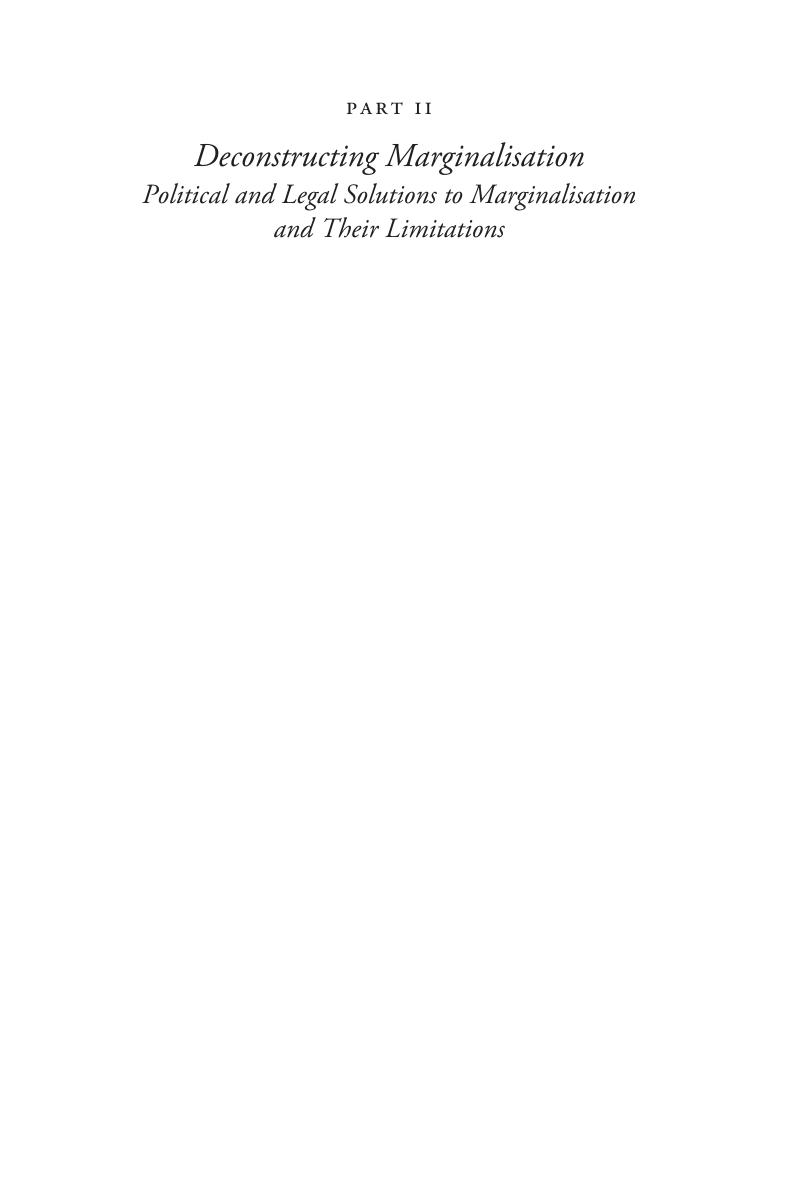Part II - Deconstructing Marginalisation
Political and Legal Solutions to Marginalisation and Their Limitations
Published online by Cambridge University Press: 06 September 2020
Summary

- Type
- Chapter
- Information
- A Better FutureThe Role of Higher Education for Displaced and Marginalised People, pp. 175 - 314Publisher: Cambridge University PressPrint publication year: 2020

